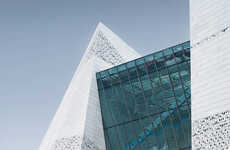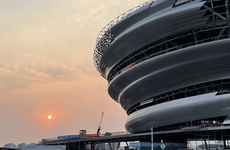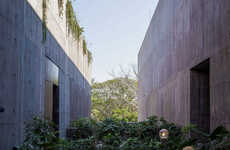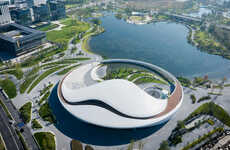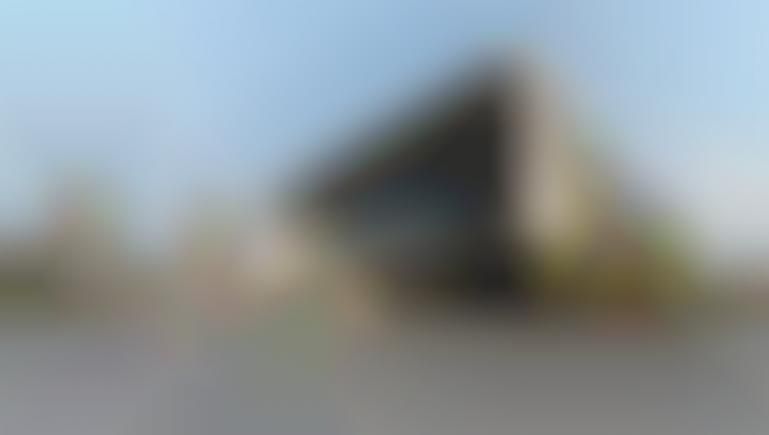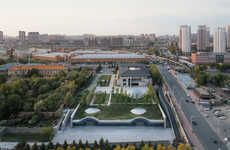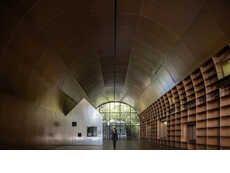
The Shanghai Natural History Museum Takes After the Nautilus Shell
Rahul Kalvapalle — April 29, 2015 — Art & Design
References: perkinswill & gizmag
The Shanghai Natural History Museum is an ambitious project that stretches out over 11 acres of floor space and holds more than 10,000 artifacts from around the world. The museum was built by the Perkins + Will architecture firm.
The museum's unique shape and structure was inspired by the nautilus shell, considered one of nature's purest geometric forms. The central cell wall of the building represents the cellular structure of plants and animals, with the east wall representing earth's vegetation and the northern wall reminiscent of shifting tectonic plates and eroded canyon walls.
Not only does the Shanghai Natural History Museum pay homage to the earth's character and riches, but it also has a green design that makes it eco-friendly.
The museum's unique shape and structure was inspired by the nautilus shell, considered one of nature's purest geometric forms. The central cell wall of the building represents the cellular structure of plants and animals, with the east wall representing earth's vegetation and the northern wall reminiscent of shifting tectonic plates and eroded canyon walls.
Not only does the Shanghai Natural History Museum pay homage to the earth's character and riches, but it also has a green design that makes it eco-friendly.
Trend Themes
1. Sea Creature-inspired Design - Designing structures and products inspired by sea creatures, such as the nautilus shell, will appeal to eco-conscious consumers and provide unique aesthetic value.
2. Biophilic Architecture - Incorporating natural forms and patterns, such as cellular structures found in plants and animals, in architecture can create visually stunning structures and promote well-being.
3. Sustainable Museums - Creating and promoting museums with a sustainable and eco-friendly design will appeal to environmentally conscious visitors and promote conservation efforts.
Industry Implications
1. Architecture - Incorporating natural forms and patterns in architecture can bring a unique and visually stunning aspect to the industry while promoting eco-consciousness.
2. Tourism - Sustainable and eco-friendly museums can attract tourists interested in conservation efforts and promote the local economy.
3. Conservation - Sustainable museums promoting conservation efforts inspire individuals and organizations to preserve natural resources, engage in conservation efforts and support environmental initiatives.
2.8
Score
Popularity
Activity
Freshness


